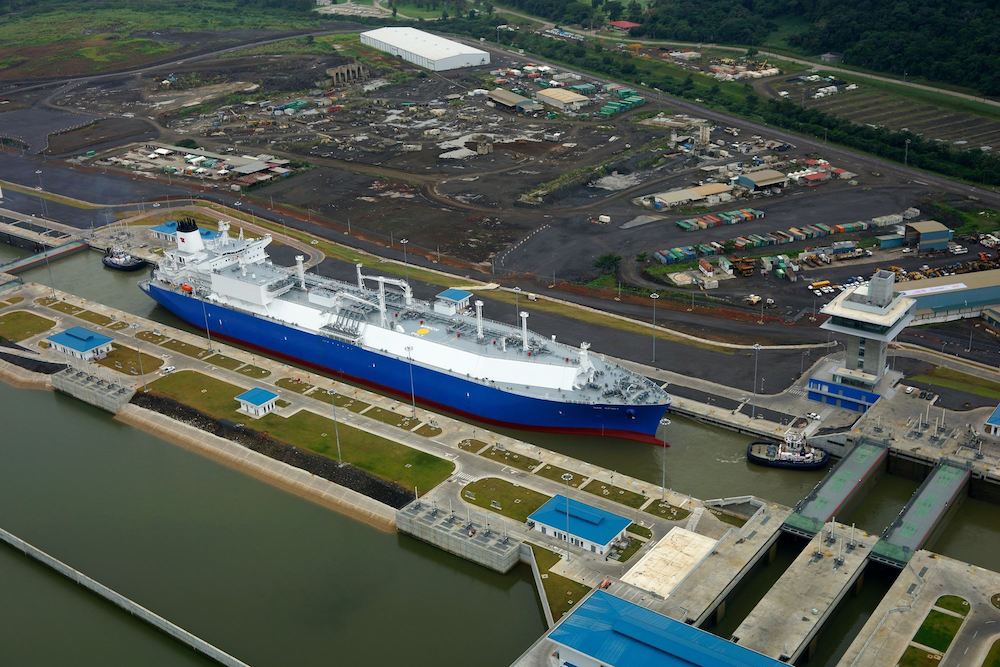Iranian Ship Linked to Houthi Attacks Heads Home Amid Tensions
(Bloomberg) — An Iranian ship that’s been linked to Houthi attacks in the Red Sea is returning home, removing a prominent asset in the area as the Islamic Republic braces...


, carrying a cargo of US-produced LNG load at Cheniere’s Sabine Pass terminal, transits the Panama Canal earlier this year destined for Japan. Photo credit: Teekay
![]()
![]()
The facility, Sabine Pass, owned by Cheniere Energy Inc , opened last year as the first LNG export terminal in the U.S. Lower 48 states. The United States has been exporting gas out of Alaska since 1969.
U.S. gas prices at the Henry Hub benchmark in Louisiana this week dropped about 20 percent since hitting a two-year high on Dec. 28, trading around $3.25 per million British thermal units (mmBtu) on Wednesday.
Spot gas in Asia has soared by more than 30 percent since early December to a near two-year high of $9.75 per mmBtu.
The premium of Asia over U.S. gas has reached its highest level since January 2015, presenting an arbitrage opportunity that LNG traders have rushed to fill.
“China is experiencing colder-than-normal conditions, demand has kicked higher and prices have followed,” said Matt Smith, director of commodity research at energy data provider ClipperData in Louisville, Kentucky.
In addition, China is looking to avoid previous gas shortages that the country has experienced in the past, Smith said.
Of the 17 LNG vessels that left Sabine Pass in Louisiana since the start of December, at least 10 have either delivered their cargoes in East Asia or were moving in that direction across the Pacific Ocean, data from Reuters and ClipperData show.
Those 10 ships have the capacity to carry about 33.2 billion cubic feet (bcf) of gas, worth about $120.6 million, based on the Henry Hub average. The United States consumes about 75 bcf per day (bcfd) of gas on average.
Those 10 included the first shipments from Sabine to both Japan and South Korea.
Royal Dutch Shell Plc’s BG Group has the contract for the part of the capacity for parts of the first and second 0.65-bcfd liquefaction trains at Sabine Pass. Gas Natural Fenosa also has a contract for part of the capacity of the second train.
Since February, 61 vessels have taken cargos from Sabine, but just three vessels delivered LNG to East Asia between February and the end of November. Another 27 went to either South America or Mexico and five to India; the rest were scattered around the Middle East and Europe. (Reporting by Scott DiSavino; Editing by Richard Chang)
(c) Copyright Thomson Reuters 2017.
Join the gCaptain Club for curated content, insider opinions, and vibrant community discussions.


Join the 105,949 members that receive our newsletter.
Have a news tip? Let us know.
Access exclusive insights, engage in vibrant discussions, and gain perspectives from our CEO.
Sign Up




Maritime and offshore news trusted by our 105,949 members delivered daily straight to your inbox.



Essential news coupled with the finest maritime content sourced from across the globe.
Sign Up